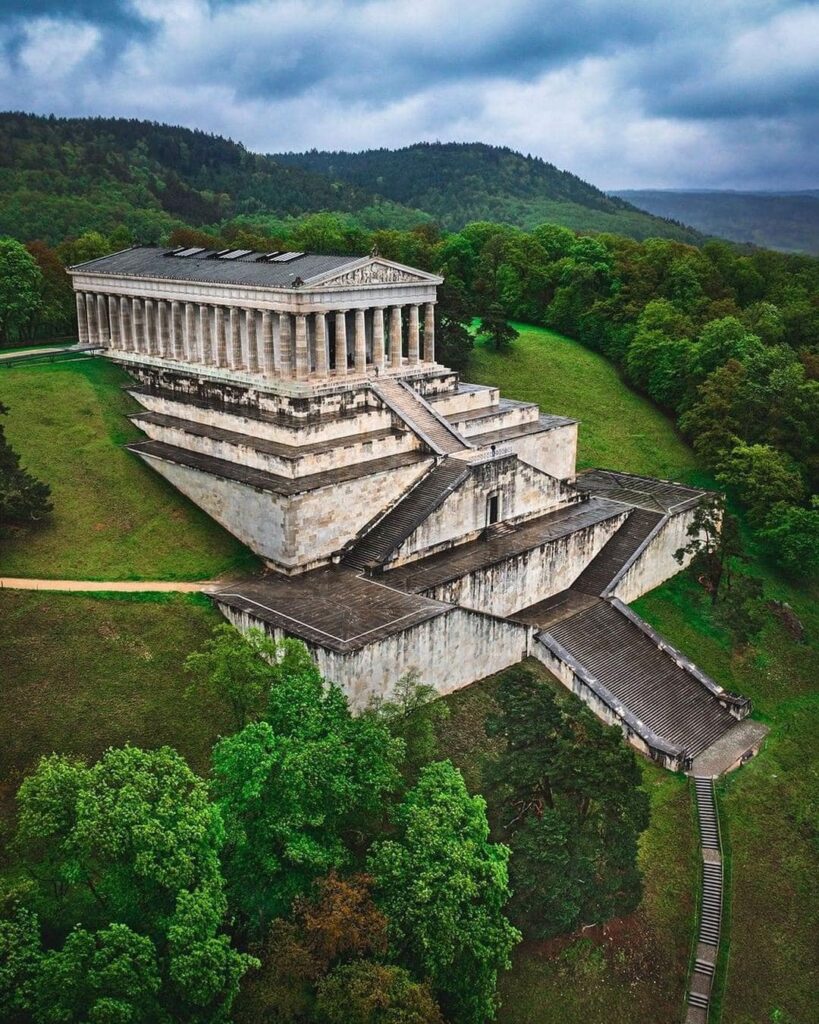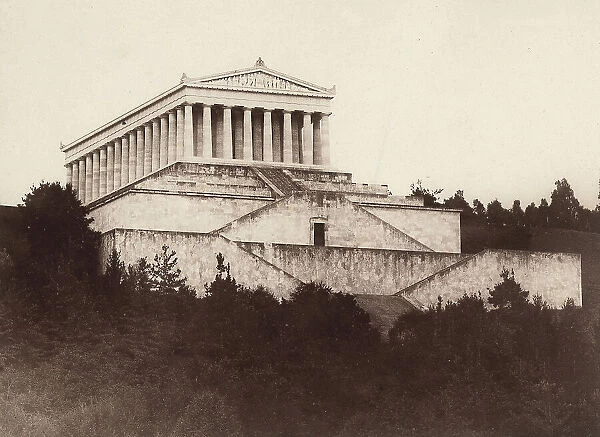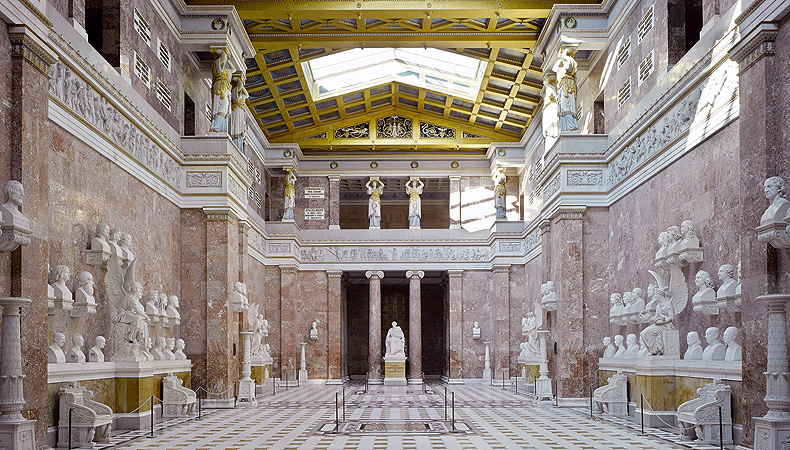The Walhalla in Bavaria, a Timeless Tribute to German Culture

Nestled high above the Danube River in Bavaria, Walhalla Bavaria stands as a majestic monument of neoclassical architecture, offering breathtaking views of the surrounding landscape. This stunning temple, completed in 1842, was built to honor prominent figures in German history and culture, designed by architect Leo von Klenze under the orders of King Ludwig I.
Inspired by ancient Greek structures, it has since become one of the most iconic landmarks in southern Germany, drawing visitors from all over the world.
The Origins of Walhalla Bavaria

The idea for Walhalla Bavaria dates back to the early 19th century when King Ludwig I, a lover of classical art and architecture, envisioned a hall of fame for celebrated Germans. He sought to create a place where the accomplishments of these individuals would be forever immortalized. The name “Walhalla” itself is derived from Norse mythology, where it represents the hall of the slain, a place where fallen warriors are honored. However, in the Bavarian context, it serves as a pantheon for artists, scientists, rulers, and military leaders who shaped German culture.
Exploring the Interior and Exterior

From the moment you approach Walhalla Bavaria, its imposing presence leaves an unforgettable impression. The exterior features Doric columns, symbolizing strength and stability, while the massive staircase leading to the monument further enhances its grandeur. The views from the top are nothing short of spectacular, offering a panoramic sweep of the Bavarian landscape and the winding Danube River below.
Upon entering the temple, visitors are greeted by a serene atmosphere with busts meticulously arranged in rows, each representing a figure of historical significance. Famous individuals like Albert Einstein, Martin Luther, and Goethe are immortalized here. The interior’s high ceilings and minimalistic design create a solemn environment where visitors can quietly reflect on the achievements of the past.
A Historic and Cultural Icon

Beyond its architectural beauty, Walhalla Bavaria holds immense cultural importance. As a monument that bridges art, history, and national pride, it symbolizes the unity of German-speaking peoples. Its significance has grown over the years, making it not just a tourist destination, but a place for Germans to honor their heritage. Walhalla’s dedication to cultural figures, philosophers, scientists, and even literary geniuses has turned it into an educational experience for those who wish to delve deeper into German history.